Book with Confidence: Enjoy peace of mind — your 20% deposit is fully refundable up to 60 days before departure. See terms & conditions.
Guided Mongolia Gobi Desert Bike Tour
Located at an average altitude of 1000m above sea level and an average latitude of 42°N, the Gobi Desert in southern Mongolia is the coldest sandy desert in the world. White snow on its golden sand dunes is not an uncommon occurrence.
Despite being a nearly treeless expanse, the Gobi is home to some of the most endangered fauna on earth that is not found elsewhere. These include the wild two-humped Bactrian camel, of which less than 1000 remain in the wild, and the Gobi bear of which less than 50 individuals remain in the wild. All this, in addition to the famous Cashmere goat reared by nomadic tribesmen who live on the edges of the Gobi desert, and from which comes Mongolia’s most famous export — Cashmere wool.
All of this makes this Gobi Desert cycling tour a once-in-a-lifetime experience of biking through some of the most stunning desert landscapes, rare fauna, and culturally rich nomadic settlements.
This 10-day cycling tour traverses a distance of 450 km over 7 cycling days through the Gobi desert. The Gobi desert lies on an elevated plateau with several mountain ranges crisscrossing it. The terrain thus consists of both flats and hills with a total ascent of 3482m and a total descent of 3418m.
Guided
casual hotels
Ulaanbaatar
Ulaanbaatar
moderate
60 km / 37 mi
7
Chinggis Khaan International Airport (UBN)
Chinggis Khaan International Airport (UBN)
Highlights
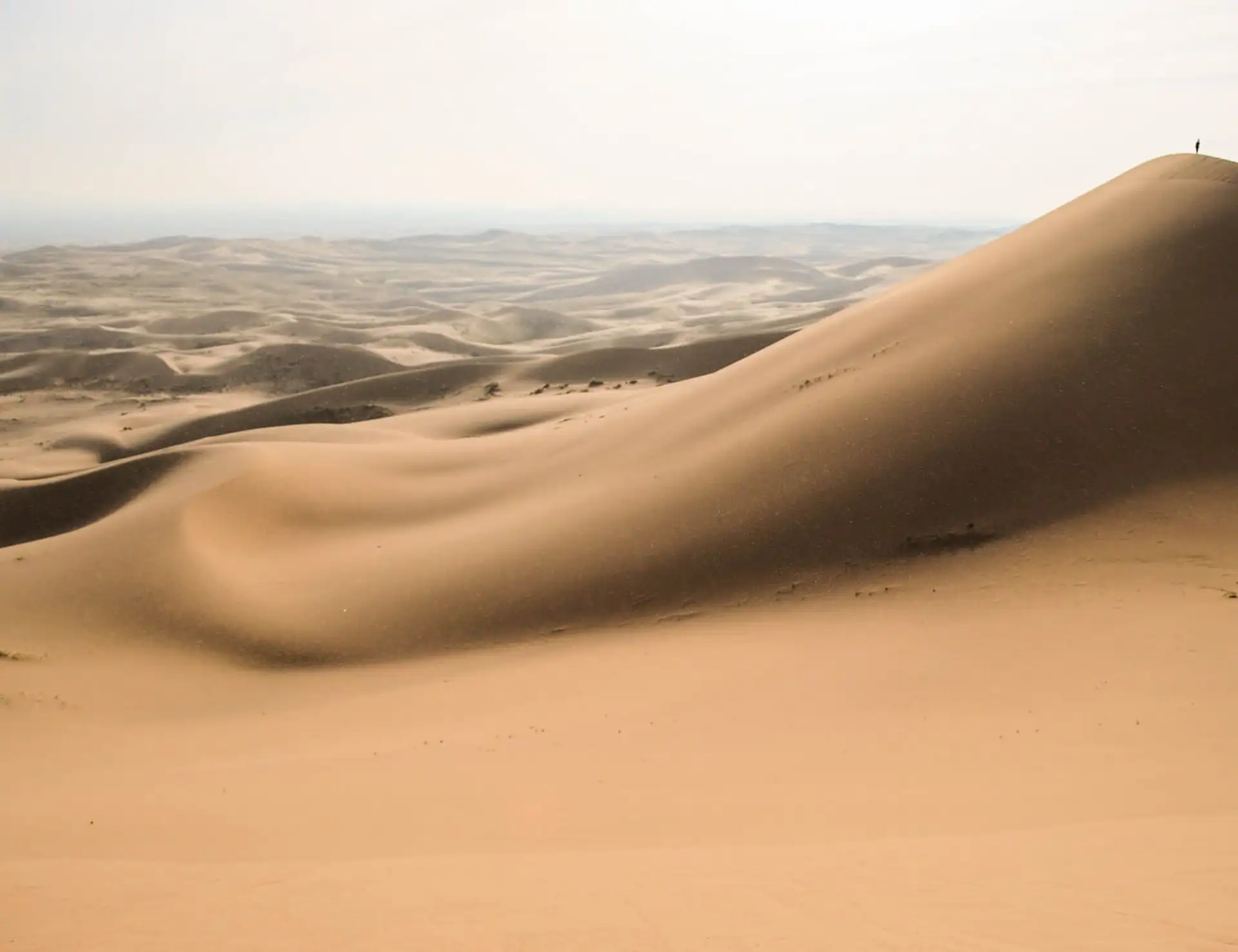
Landscape of the Gobi desert
Cycle through the extraordinarily beautiful landscape of the Gobi desert
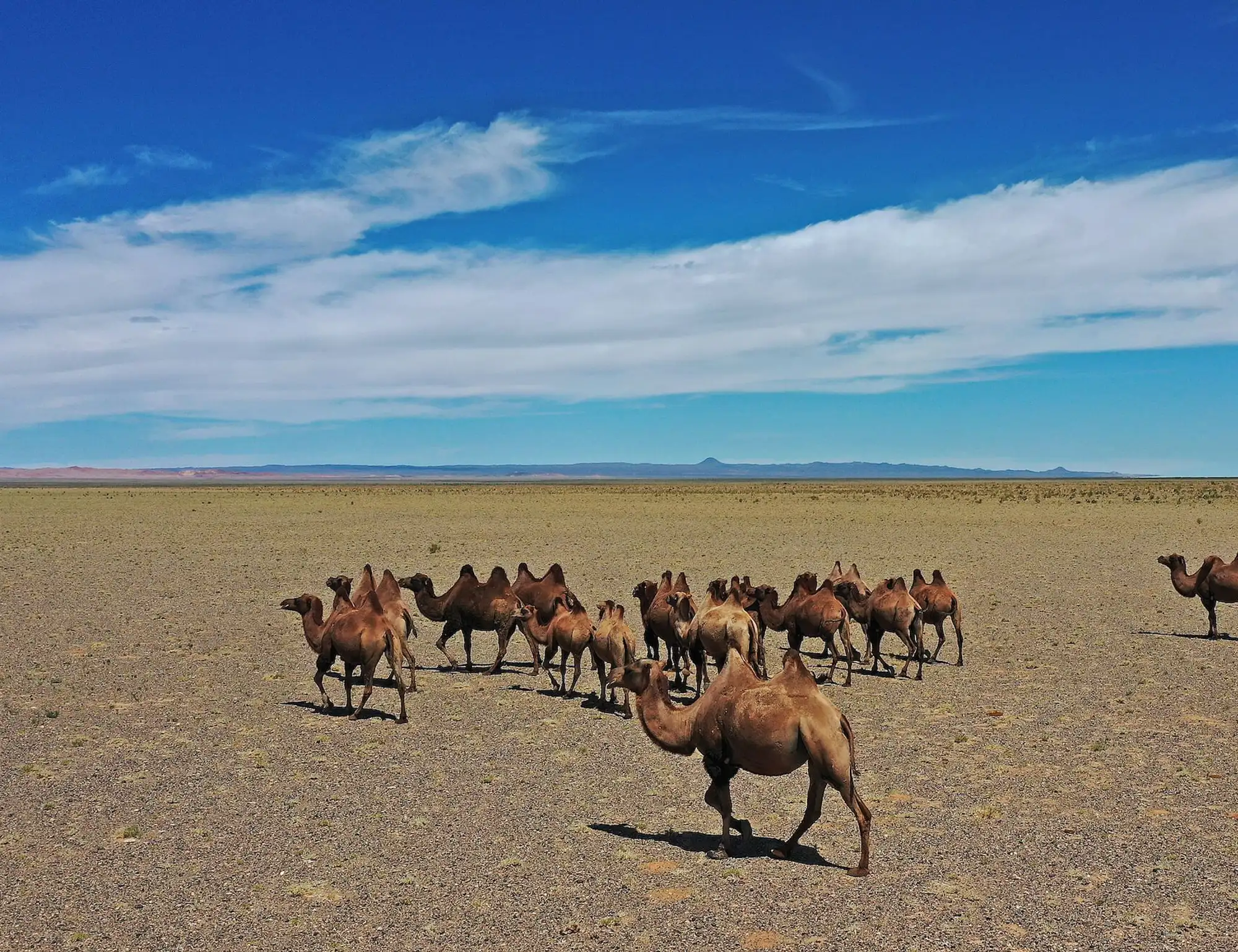
Rarest fauna on earth
Get a chance to spot some of the rarest fauna on earth including the two-humped wild Bactrian camel and the Mongolian wild ass
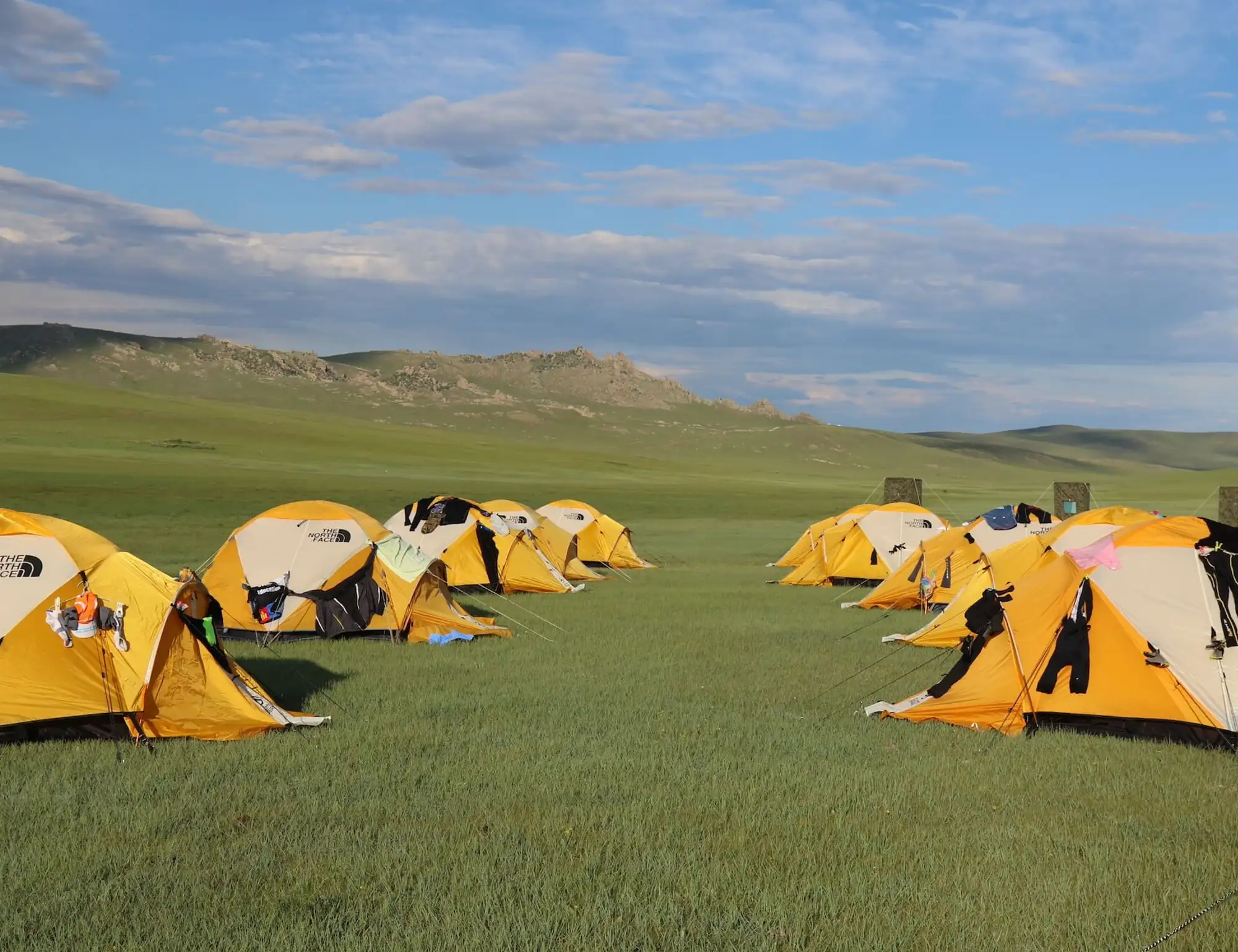
Traditional Mongolian camp
Get to stay in a traditional Mongolian camped accommodation called ger.

Hike to the singing sand dunes of Khongor Els
Hike to the top of the remarkable singing sand dunes of Khongor Els
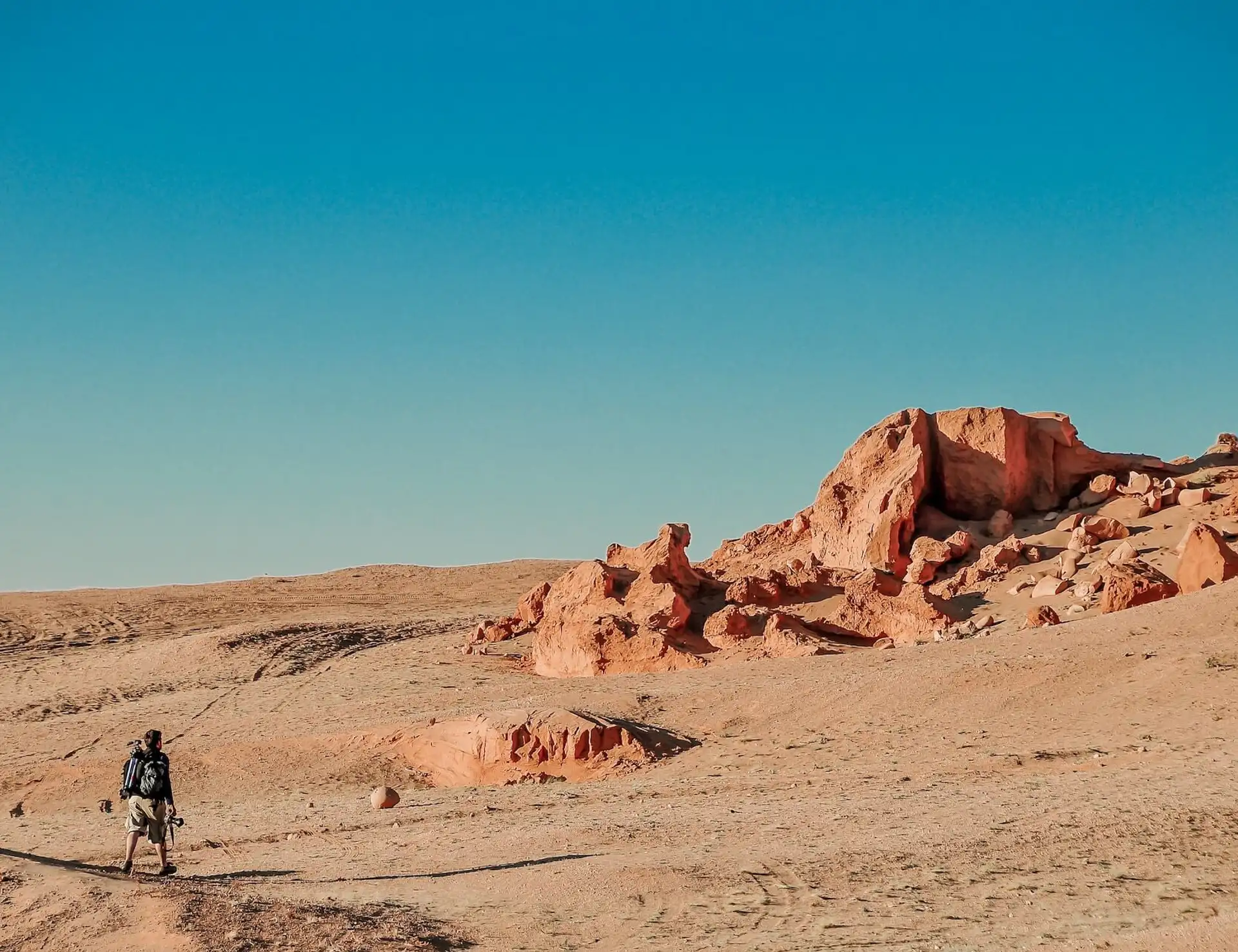
The first dinosaur fossils
Visit the Flaming Cliffs of Bayanzag where the first dinosaur fossils were found
Itinerary
Brief Itinerary
Meals are indicated as B = Breakfast, L = Lunch, D = Dinner.
Listed hotels are subject to availability and may be replaced with similar alternatives of equal standard.
| Day | Place | casual Inns | Meals | Distance | Activity |
|---|---|---|---|---|---|
| DAY 1 | Ulaanbaatar | Bayangol Hotel | D | ||
| DAY 2 | Fly to Dalanzadgad, Cycle to Gobi Mirage Camp | Ger Camp | B,L,D | 45 km / 28 mi | cycling |
| DAY 3 | Gegeet Valley | Tented Camp | B,L,D | 75 km / 47 mi | cycling |
| DAY 4 | Khongor Els | Ger Camp | B,L,D | 50 km / 31 mi | cycling |
| DAY 5 | Khaitar Zag Valley | Tented Camp | B,L,D | 70 km / 43 mi | cycling |
| DAY 6 | Tevsh Mountain | Tented Camp | B,L,D | 40 km / 25 mi | cycling |
| DAY 7 | Arts Bogd Mountain | Tented Camp | B,L,D | 80 km / 50 mi | cycling |
| DAY 8 | Bayanzag Flaming Cliffs | Ger Camp | B,L,D | 60 km / 37 mi | cycling |
| DAY 9 | Fly to Ulaanbaatar | Bayangol Hotel | B,L,D | ||
| DAY 10 | Departure | B |
Detailed Itinerary
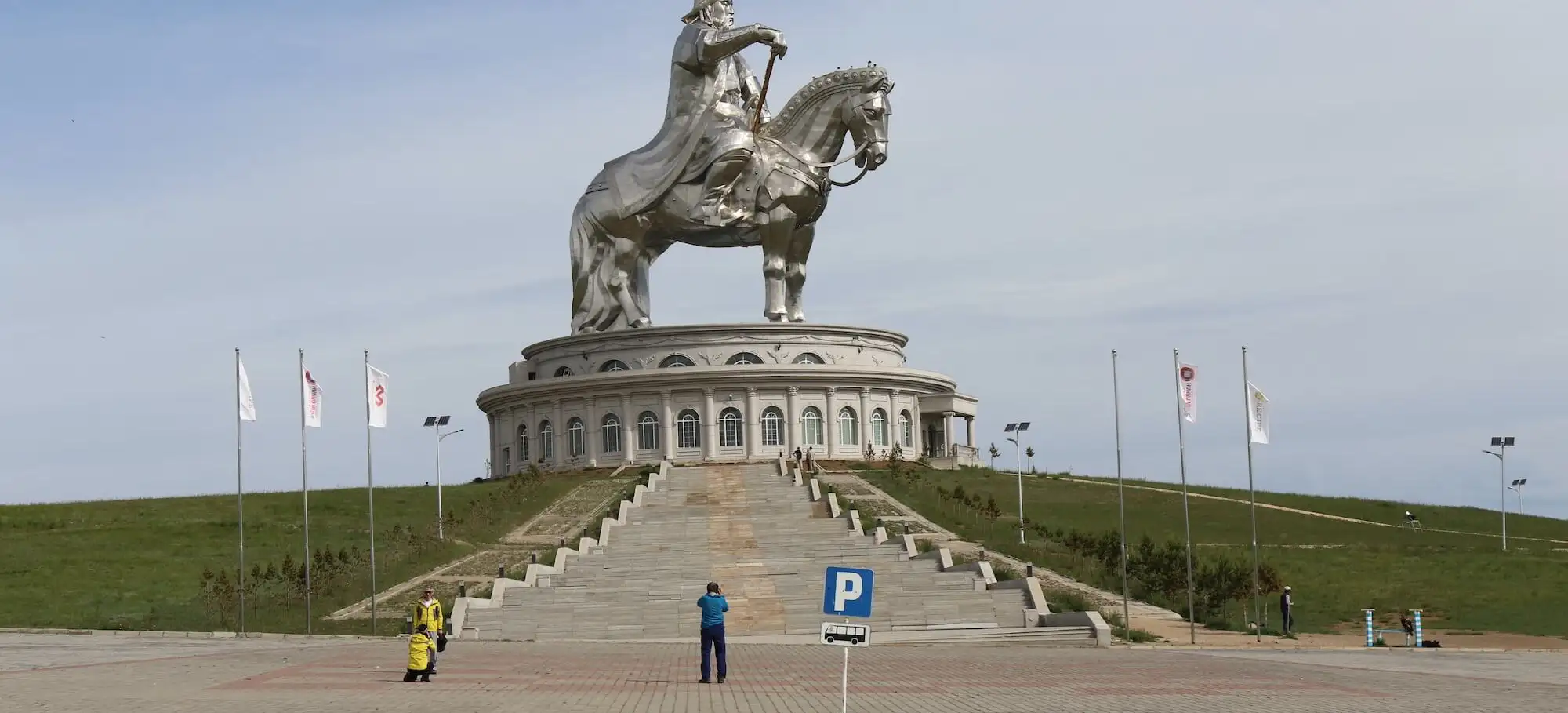
Day 1: Ulaanbaatar
Arrive at Ulaanbaatar and take a transfer to a hotel. Ulaanbaatar is the capital of Mongolia and also its largest city, being home to about half of Mongolia’s population. As a result, the city is rich in cultural, historical, and culinary experiences. Later in the day, we attend a performance of Tumen Ekh, an ensemble of traditional Mongolian music and dance. Performed to the accompaniment of Mongolian folk instruments and vivid, colorful costumes, the Tumen Ekh is sure to leave you spellbound.
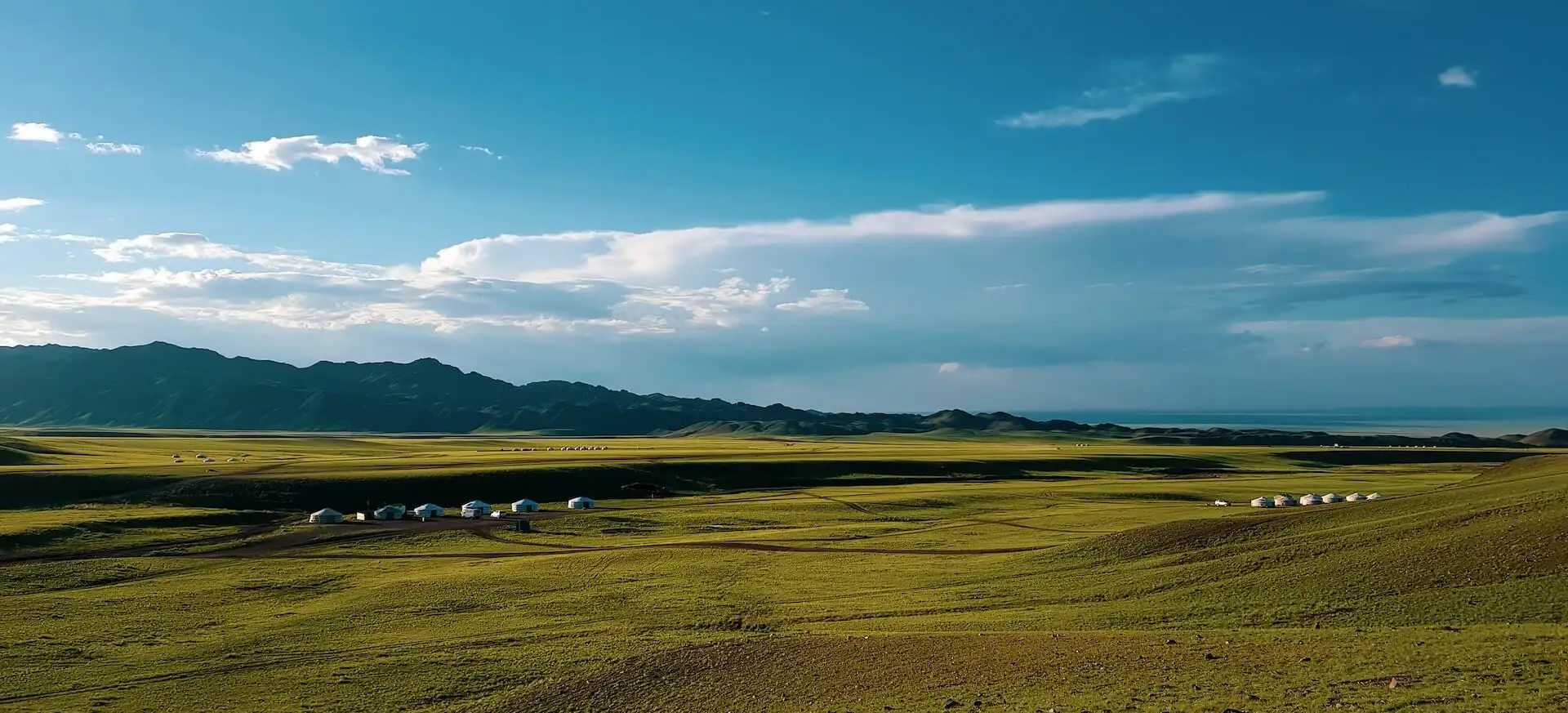
Day 2: Fly to Dalanzadgad, Cycle to Gobi Mirage Camp
We take a flight in the morning to the provincial town of Dalanzadgad, located some 540 kms south of Ulaanbaatar. A small town of about 25,000 inhabitants, Dalanzadgad, nonetheless, has an airport and serves as the entry point to cycling expeditions into the Gobi Desert. Sitting at an altitude of 1470m above sea level, Dalanzadgad has a relatively mild climate compared to the rest of Mongolia. This is because of its altitude, and the presence of glacial ice fields in its vicinity. We drive to these ice fields, known locally as Yolyn Am. Another short drive later, we begin our day’s biking through a steppe terrain that eventually opens up into the desert. Stay for the night is in a traditional Mongolian ger camp.

Day 3: Gegeet Valley
We bike through a very unique landscape today. Though we’re now riding through the arid desert, the Gurvan Saikhan mountain range is our constant companion. While the winter snow is still sitting atop its peaks, it presents a mesmerizing picture of a sandy desert fringed by snow-clad hills. The foothills of these mountains provide pasture for nomadic herds who can be found grazing their herds of sheep, goats, camel, and horses here. Expect a few tough climbs today as we head toward the Gegeet Valley to set up camp for the night.

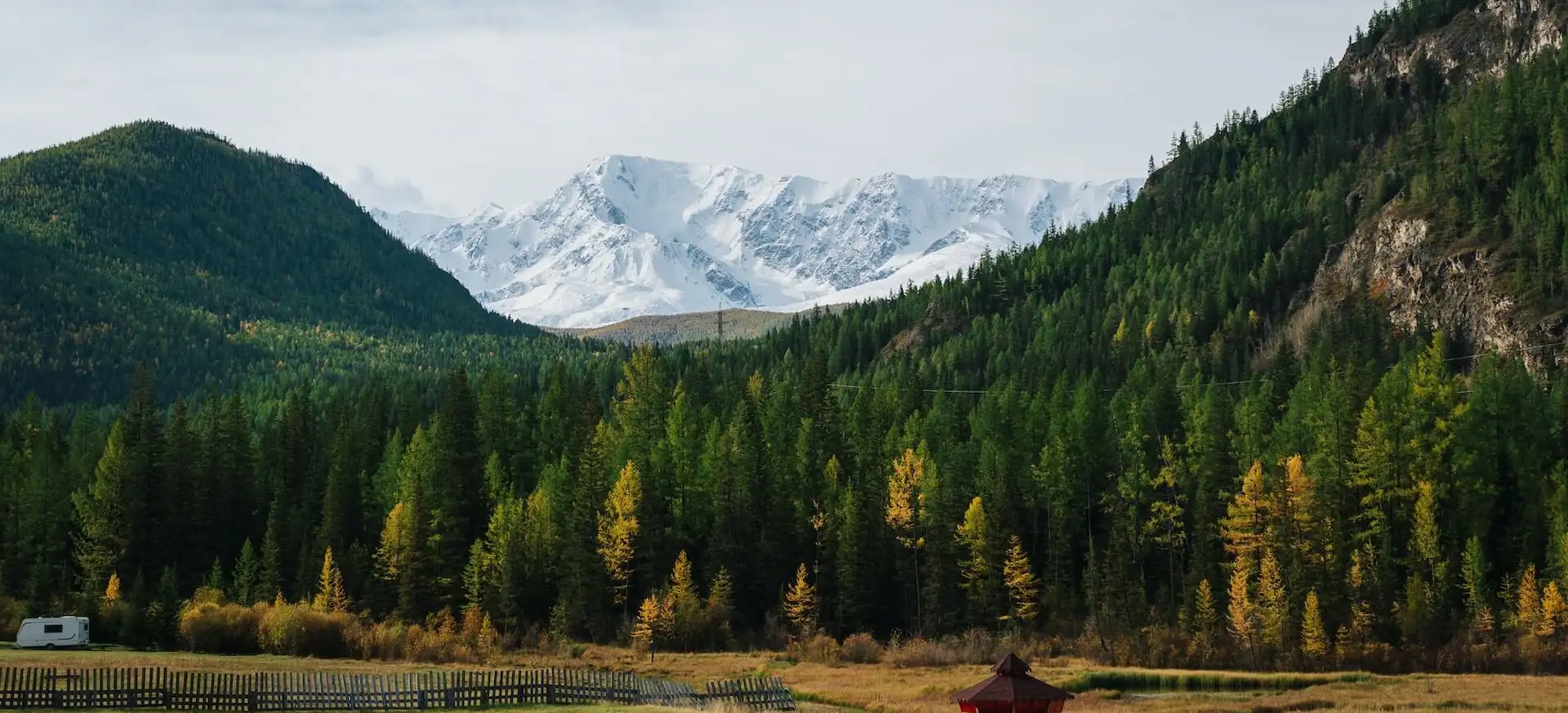
Day 4: Khongor Els
Today’s ride is perhaps the most spectacular of the trip as we ride towards the singing sand dunes of Khongor Els. While most of the Gobi Desert is arid, large sand dunes are found only in a few places. At the Khongor Els, dunes as high as 200m rise above the surrounding grassland, extending for well over 846 sq. km. The dunes in turn sit under the shadow of the rugged Altai mountains, presenting to the sight a unique, three-layered vista of grassland, sand dunes, and high mountains. As the wind from the Altai mountains blows the sand from these dunes, they make a distinctive humming sound, thus giving them the moniker of singing dunes. We reach our destination a little early today and head to hike up to the top of one of the sand dunes and enjoy the great views all around.

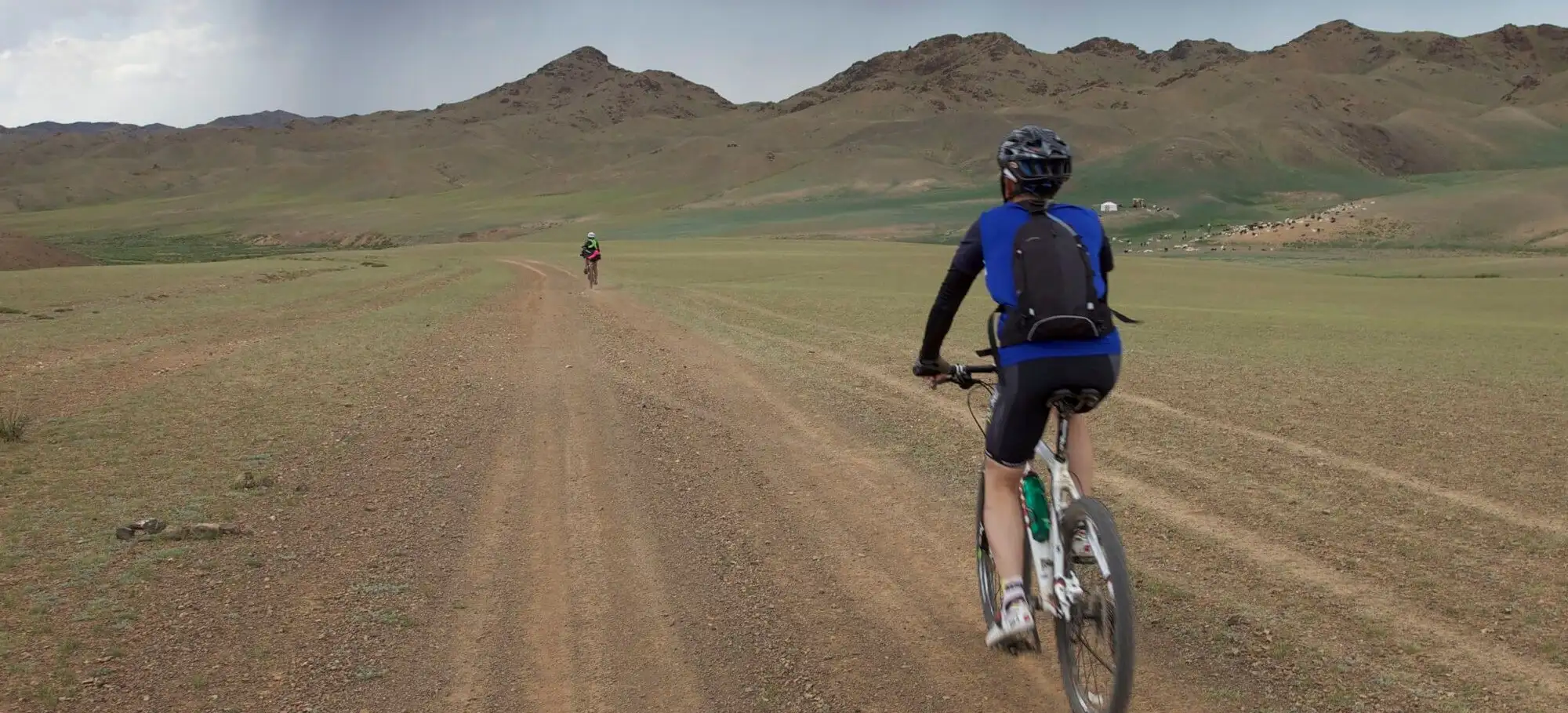
Day 5: Khaitar Zag Valley
As we bike north, we enter the Khaltar Zag valley and the landscape changes once again to one of steppe grassland. The day’s ride is mostly smooth and flat with pleasant views all around. We make the most of the pleasant riding conditions o cover a good 70 kms on our bikes today.

Day 6: Tevsh Mountain
We ride out today towards Tevsh Uul, an extinct volcano rising up 1957 m above the sea level. The rock formations in the area are noted for their bronze-age petroglyphs, burial mounds, and rock carvings. The ride is a steady uphill for the first half of the day, before entering an equally steady descent for the second half. We camp for the night in the shadow of the Tevsh Mountain.

Day 7: Arts Bogd Mountain
We continue biking through a steppe landscape as we head towards our destination for the night — the 2219 m high Arts Bogd mountain. Today is a very pleasant ride as we begin by riding through some rolling hills before hitting a long patch of gentle downhill. Despite this being the longest biking day of the tour, we don’t really feel it as the pleasant surroundings and the gentle downhills make riding an absolute delight.

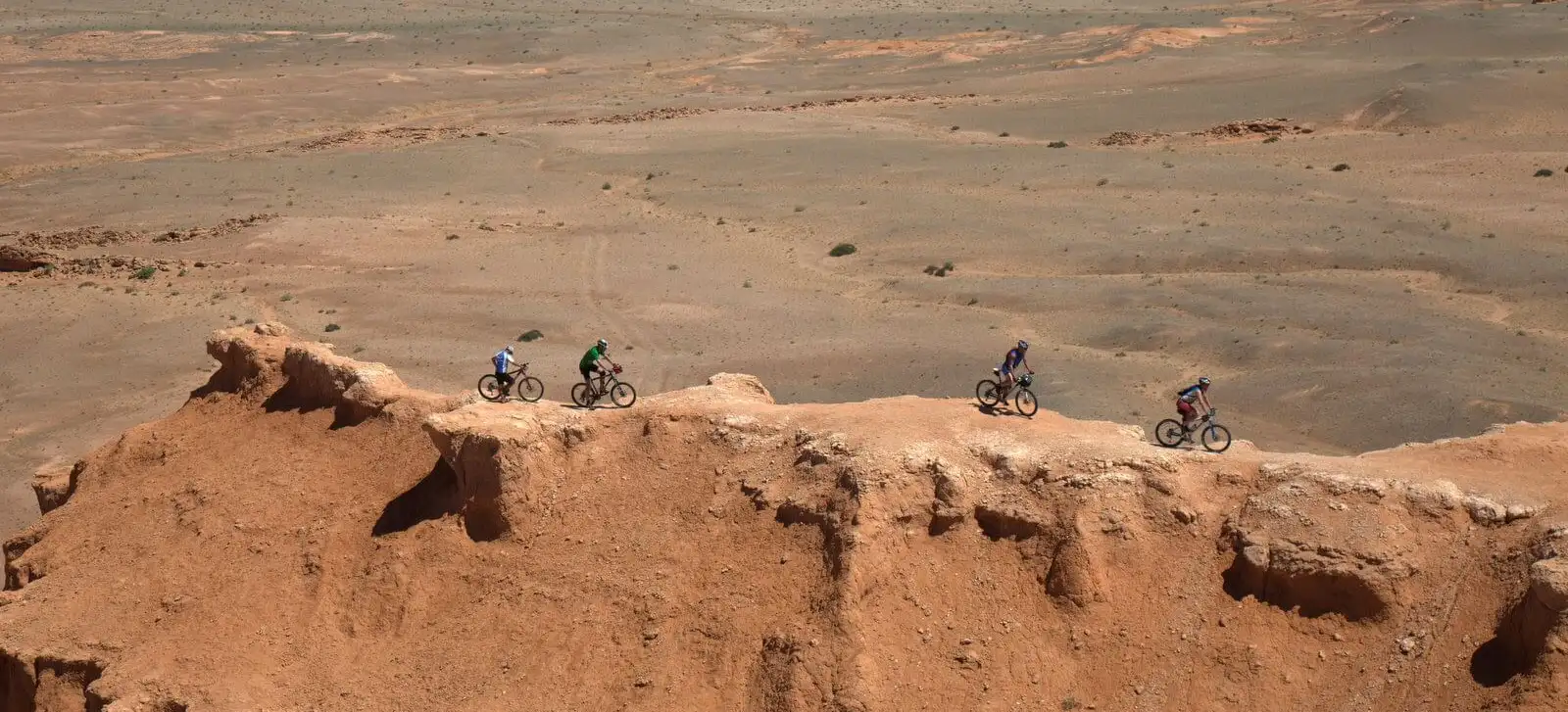
Day 8: Bayanzag Flaming Cliffs
Today is the last day of cycling and we make sure that the best is saved for the last. The Bayanzag Flaming Cliffs is a range of eroded ravines of stark red sandstone that get their name because they gleam a brilliant flaming orange in the light of the setting sun. It was among these rocks that American paleontologists discovered the first dinosaur fossils in the 1920s. We try to get to the site by lunch and have a picnic lunch with the cliffs in the backdrop. As the sun begins to set, we set out into cliffs to watch the sun go to work with its magic palette on the cliffs. The region also has several groves of the saxual tree native to the Gobi desert that holds the soil together and is important to the livelihoods of local nomads and herdsmen.


Day 9: Fly to Ulaanbaatar
We drive back to Dalanzadgad and take the flight back to Ulaanbaatar. No trip to Mongolia is complete without its famous Cashmere. In the evening we take a trip to a Cashmere factory to see how the world’s favorite wool is turned into premium clothing for export. We meet again for a farewell dinner and marvel over an adventure that will remain etched in our memories for a long time to come. After more than a week of camping, the stay tonight will be in a hotel.
Day 10: Departure
Our team will drive you to the Ulaanbaatar airport for your onward journey.
Ready to plan your adventure? Download a print-ready detailed itinerary.
Map
Dates and Prices
Book with Confidence: Enjoy peace of mind — your 20% deposit is fully refundable up to 60 days before departure. See terms & conditions.
Couldn't find a trip with convenient dates?
Open your date as a join-in tour or customize further as a private one.
Essential Info
Inclusions
LODGING
All hotels as mentioned in the tour details or similar (subject to availability).
trip leader
Expert Trip Leader(s) who look after your every need and add meaning to your vacation.
bike
Immaculately maintained bike with helmet, suited to a terrain.
shuttle
A Van support follows the group of riders and carries all belongings.
Airport drop
Enjoy a hassle-free group airport drop to finish your journey. Available only on the tour end date.
meals
Meals as per itinerary. Guests are given the opportunity to dine on their own so that they discover a location independently.
refreshments
Refreshments and mineral water during activity.
entrance
Entrance fees to most of the monuments and temples.
Exclusions
Airport pickup
We recommend to book direclty from airport.
Beverages
Beverages such as alcohol, tea, coffee, juice at a hotel or restaurant.
Gratuity
Gratuities for your guide team are not included in the trip price.
Bikes
A great ride begins with a great bike. Our tours typically include the models listed below, though in some cases—due to height or availability constraints—we may provide an equivalent alternative.
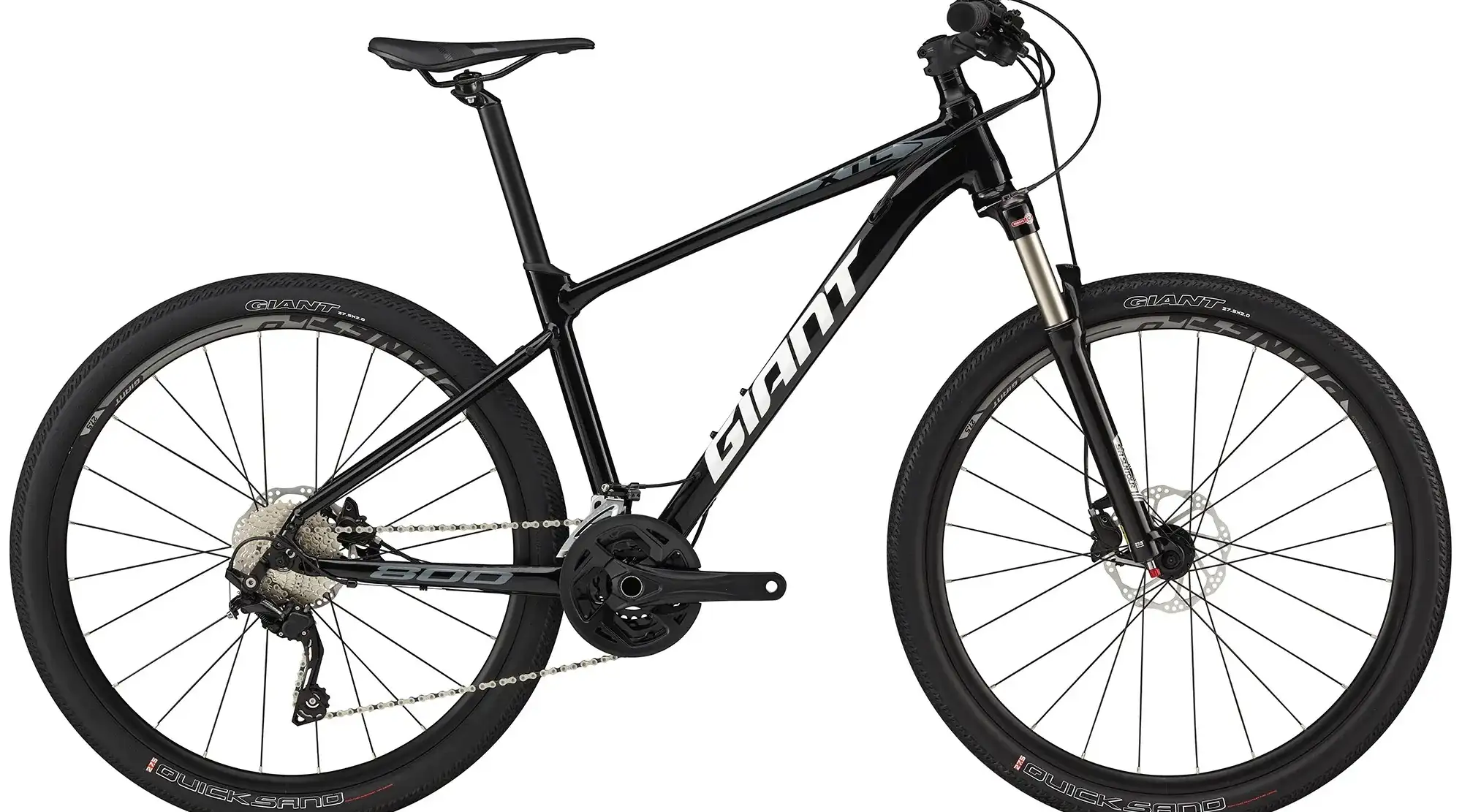
Giant XTC 800 Series Hardtail or similar
Included in your trip price
Weather
The best time to cycle the Gobi desert is in the summer through to the fall, which in the Gobi means the months of June, July, August, September, and October.
June and July are the hottest months, with maximum day time temperatures in the range of 27°C ( 80°F), and night time temperatures falling to 10°C ( 50°F).
July is also the wettest month in the Gobi desert, with some rain falling around once a week. So don't be surprised if you encounter some rain if you're cycling in the Gobi in July.
From August, the weather begins to get cooler and drier.
In October, day time temperatures fall to around 14°C (57.2°F), while night time temperatures begin to hover around the freezing point.
January
Offseason
February
Offseason
March
Offseason
April
Offseason
May
Offseason
June
Best
July
Best
August
Best
September
Best
October
Best
November
Offseason
December
Offseason
Best
Good
Mixed
Offseason
What to Pack
Packing smart is essential for a safe and enjoyable cycling adventure. From essential biking gear to clothing and travel necessities, this guide ensures you're prepared for any terrain or climate.
Recommended Bicycling Clothes & Gear
- Bicycling shoes or stiff-soled sneakers.
- Padded cycling shorts.
- Short-fingered cycling gloves (personal gloves are ideal).
- Brightly colored cycling jerseys or synthetic T-shirts for visibility.
- Synthetic cycling socks.
- Sunglasses with UV protection.
- Personal helmet (recommended even though provided).
- Personal saddle (optional for added comfort).
- Rain jacket or windbreaker.
- Cycling water bottle (to reduce plastic waste).
Note: Helmets, gloves, and water bottles are personal items, so bringing your own is recommended for maximum comfort and hygiene.
Clothing
- Light, breathable fabrics like cotton or linen.
- Full-sleeved clothing for sun protection.
- Warm layers for chilly mornings and evenings (if traveling in winter).
- Comfortable footwear for non-cycling time.
- Bring a compact rain jacket in case of sudden weather changes.
- Ethnic or modest clothing for exploring towns and temples.
Other Necessities
- Toiletries: Basic hygiene essentials, including insect/mosquito repellent and sunscreen.
- Hand sanitizer and wet wipes.
- Plug socket adaptor.
- Binoculars for wildlife spotting or desert landscapes.
Pro Tips
- Pack light but plan for the varying temperatures: warm days, chilly evenings, and desert winds.
- Use brightly colored clothing for visibility on roads.
- Pack light to leave room for shopping.
Luggage
Please limit your luggage to one medium-sized suitcase and one carry-on bag. Mark your luggage with your name, address, and phone number.
Visa Information
Before venturing on your adventure, make sure you're equipped with essential travel advice, including security updates, local laws, and crucial passport and visa information. Start by visiting the official government website of your home country for accurate and reliable guidance:
- UK Residents: Stay informed by reviewing the Foreign, Commonwealth & Development Office (FCDO) Travel Advice.
- US Residents: Access vital travel tips and updates through the US Department of State Travel Advice.
- Australian Residents: Plan ahead with the latest updates on the Smart Traveller website.
- Canadian Residents: Find comprehensive travel and visa guidance on the Government of Canada's Travel Advice and Advisories.
- New Zealand Residents: Get practical travel advice on the New Zealand SafeTravel website
- Residents of Other Countries: Check with your government or local consulate for tailored travel advice and requirements.
Note: Passport and visa regulations can change at any time. Stay proactive by checking for the latest updates to ensure a smooth and stress-free journey.
Insurance
Medical insurance that covers medical costs in case of an accident during the trip is mandatory to participate in our tours.
We recommend to purchase adequate travel insurance in order to participate in our tours and protect yourself from unforeseen events. Our experience shows that guests who purchase travel insurance—including coverage for all activities on the itinerary, trip cancellation, interruption, delay, baggage damage, loss or theft, personal accident, death and repatriation costs, medical and emergency expenses (including Covid-19), and personal liability—travel with greater peace of mind.
Can I use my credit card insurance?
Yes, as long as it meets our requirements and provides adequate coverage. Ensure you have an emergency contact number and policy number available.
When should I buy travel insurance?
Purchase travel insurance as soon as you've paid in full or booked your flights.
Is proof of travel insurance required?
Yes. You must provide your insurer's name, policy number, and emergency contact via our reservation form. This is mandatory. If you cannot provide proof, you’ll need to purchase insurance before traveling with us.
Does Art of Bicycle Trips sell travel insurance?
We do not sell travel insurance directly, as we believe our customers should have the freedom to choose a policy that best suits their needs. However, we recommend Insured Nomads as a great starting point.
Frequently Asked Questions
In 2024, the Gobi round trip flights from Ulaanbaatar operated on Wednesdays and Saturdays. The 2025 schedule will be publicly available in March 2025. However, we expect the schedule to remain the same as in 2024.
The flight from Ulaanbaatar (UBN) to Dalanzadgad (DLZ) typically departs early in the morning. In 2024, it was scheduled at 07:00, with the return flight from DLZ to UBN at 08:35. The flight duration is approximately 55 minutes. The 2025 timings are expected to be similar, but we recommend checking the official schedule once it is released.
A guided bike tour includes a professional local guide who rides with you throughout the trip. The guide handles navigation, manages daily logistics, ensures safety, and shares cultural insights. In addition to the guide, you also have a support vehicle that transfers luggage, provides water/snacks, and offers on-route assistance or a lift whenever needed. You simply follow the guide and enjoy a fully supported experience.
Your guides are local cycling experts, fluent in English, with deep knowledge of the region’s history, culture, and food.
On our guided tours, we ensure you begin your ride feeling comfortable and well-supported. Your guide and local team play an active role in getting your bike properly set up.
Before Your Tour
When you book, we ask for your height. This allows our local partners to select the correct frame size and prepare the bike in advance so it’s close to your ideal fit when you arrive.
At the Start of the Tour
You’ll receive a full in-person bike fitting with your guide or local representative. This typically includes:
- Adjusting saddle height
- Moving the saddle fore–aft (small adjustments to move the saddle forward or back for better balance and comfort)
- Fine-tuning handlebar height and reach (where adjustable)
- Confirming pedal preference — flat pedals are provided by default. If you bring your own clip-in pedals, our guide will help install and adjust them
- A short test ride to check comfort
Your guide will ensure everything feels right before the tour begins.
During the Tour
Throughout the trip, your guide will make additional adjustments whenever needed. This is especially helpful if you discover new comfort preferences after a few hours of riding.
What to Expect
Our guided tour bike fitting is hands-on, comfort-focused, and practical, ensuring you ride safely and enjoyably each day. It’s not a detailed workshop-level fit, but it covers all essential adjustments for multi-day touring.
Our support vehicle is always close by to make your ride worry-free. It carries your luggage, water, snacks, and spare parts, and is there if you need a quick lift or just want to rest for a while. You’ll see it at regular intervals along the route and during meal or refreshment stops. The vehicle is also used for scheduled transfers and to ensure safety and comfort along the route.
For guided tours, we do not provide GPX files separately, as navigation is handled by your guide. On certain occasions, if you prefer more independence, we may offer app-based navigation access with the daily routes loaded. However, please understand that this may not always be possible and depends on the specific tour setup.
Airport transfers are not included unless specifically mentioned in your trip inclusions.
For airport pickup, we recommend booking directly from the airport upon arrival — most airports have reliable taxi, shuttle, or app-based options.
For airport drop, please book a transfer through your last hotel — they can easily arrange it for you.
We focus on delivering exceptional experiences during your tour. For logistical simplicity and flexibility, we do not handle pre- or post-tour hotel bookings. However, we’re happy to share a list of recommended hotels near the starting and ending points of your trip so you can plan your stay independently.
The fitness level required for each trip is indicated by the "level" of the tour, which in turn is mentioned on each tour page right next to the price and the trip duration.
Easy: The terrain is mostly flat with a few gentle climbs.
Moderate: The terrain is either mostly flat or consists of rolling hills with a few challenging climbs. There could also be a few days with longer riding distances of up to 75 kms (45 miles)
Difficult: The terrain is mostly hilly with strong elevation gains and/or has long days on the bike. Such trips are recommended for intermediate to advanced cyclists.
Please note that we usually bike around 4-5 hours per day irrespective of the level of the trip.
Yes, your trip leader will carry bottled water or RO water in a camper in the support van for guests' use.
Yes, please communicate your dietary preferences to your trip leader, and we will try to accommodate your request.
The road surface on this tour mostly consists of loose gravel.
Mongolia is the most sparsely populated country in the world. Don't expect much traffic while cycling in Mongolia.
We are not medical advisors, and as such are not qualified to dispense medical advice. However, we recommend consulting the resources below for advice on vaccines and medications:
- CDC portal for travelers from the US
- NHS' Fit For Travel portal for travelers from the UK
- Smart Traveller portal or travelers from Australia.
In addition to the above, you may also refer to the travel advice issued from time to time by your government.
As a general guideline, you can budget approximately US $100–200 per person for additional expenditures over the course of the trip.
Tips are not included in your tour price.
As a general rule, you may tip US$ 15-25 per person per day.
This figure is for the entire crew including the trip leader, the driver, and other support staff.
However, you are not obligated to tip, and you can always tip less or more than the above amount depending on the level of service you received on tour.
It is usually the norm to tip the tour guide, who then distributes the amount among the entire crew. However, you can also tip each individual member of the crew if you so desire.
In case you want to tip the staff at a hotel such as porters, you may pay them US $2-3 per day.
Yes, you may wear riding shorts while riding your bike. When not cycling, it would be advisable to wear comfortable full-length pants. We recommend keeping a pair of comfortable pants handy in you support van.
When visiting temples and monuments, visitors should wear full-length, loose-fitting pants. Holy places of certain religions may also require covering your head. Your guide will inform of the dress etiquette required for visiting specific religious places.
You can exchange currency at the airport or withdraw cash from ATMs in Ulaanbaatar. Since this trip takes you through remote areas, we recommend keeping some local currency with you at all times.
We sleep in sleeping bags in the tent. However, sleeping bag and mat are not inclusive in the price as they are personal items.
If you're not bringing your own, you may rent both sleeping bag and mat for an additional $45.
A sleeping bag with a temperature rating for -5 to -10°C ( 23 to )14°Fis recommended for your Mongolia bike tour.
Our Gers can accommodate a family of 4 as well. Kindly let us know if you wish to stay together in a single Ger.
We have a dedicated tourist camp chef to prepare nutritionally balanced meals for you.
While we cannot share the exact menu for each day, our chef will prepare nutritionally balanced local dishes for you.
If you are a vegetarian, we inform the tourist camp of your dietary information and they prepare vegetarian meals for you. We request all our clients fill in personal information form when trips are confirmed to meet our, including dietary preferences and personal medical information.
Yes — we do our best to accommodate all dietary requirements. However, please note that Mongolia is traditionally a meat-heavy cuisine culture, and vegetarian options can be limited, especially in rural areas and ger camps. Vegan and gluten-free diets are even less widely understood, and suitable choices may be scarce outside major towns like Ulaanbaatar.
If you follow a strict vegetarian, vegan, or gluten-free diet, we strongly recommend carrying essential staples or snacks to supplement your meals during remote sections of the trip.
Please inform your tour guide at the start of the tour, and we will make every effort to arrange appropriate meals and help source suitable items from grocery stores in urban areas whenever possible.
Yes. However, these are optional activities, which require additional payment in cash as these are not included in the original itinerary. Kindly inform us beforehand if you wish to enjoy horse back riding on your tour and we'll make the required arrangements.
You can charge your mobile phones in the support van. Gers will also have generators for power backup. However, carrying your own power bank is a must.
Yes, there will be network connectivity for most of the trip, bar a few remote areas.
Our tour guides are trained in first aid and can administer basic first aid. If the injury is serious, we then arrange for a vehicle to transport the injured person to the nearest hospital.
Ulaanbaatar does suffer from air pollution during the winter months due to coal burning for heating. However, the cycling season falls in the spring-summer, during which there isn't much coal burning, and hence air is clean. In the Mongolian countryside, which is where we will be cycling, the air is clean and free from pollution even in the winter.
The meeting time on Day 1 is mentioned in your travel planner shared with you. You can arrive either on the morning of Day 1 depending on the meeting time, or book a pre-tour night to arrive a day earlier.
On the final day, we arrange a group transfer to the airport. Your guide will inform you of the timings.
Reviews from our friends
You may also like
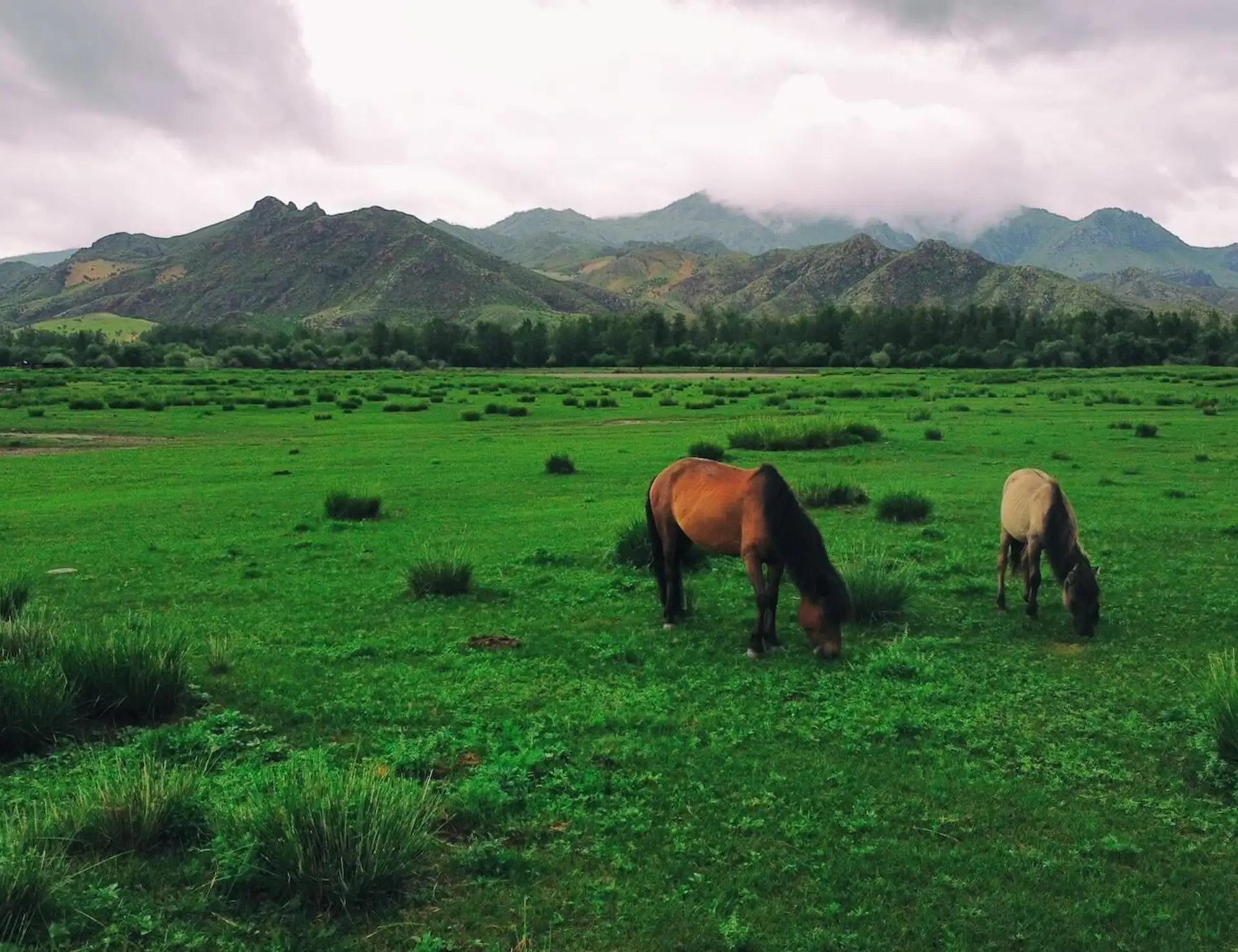
Popular
